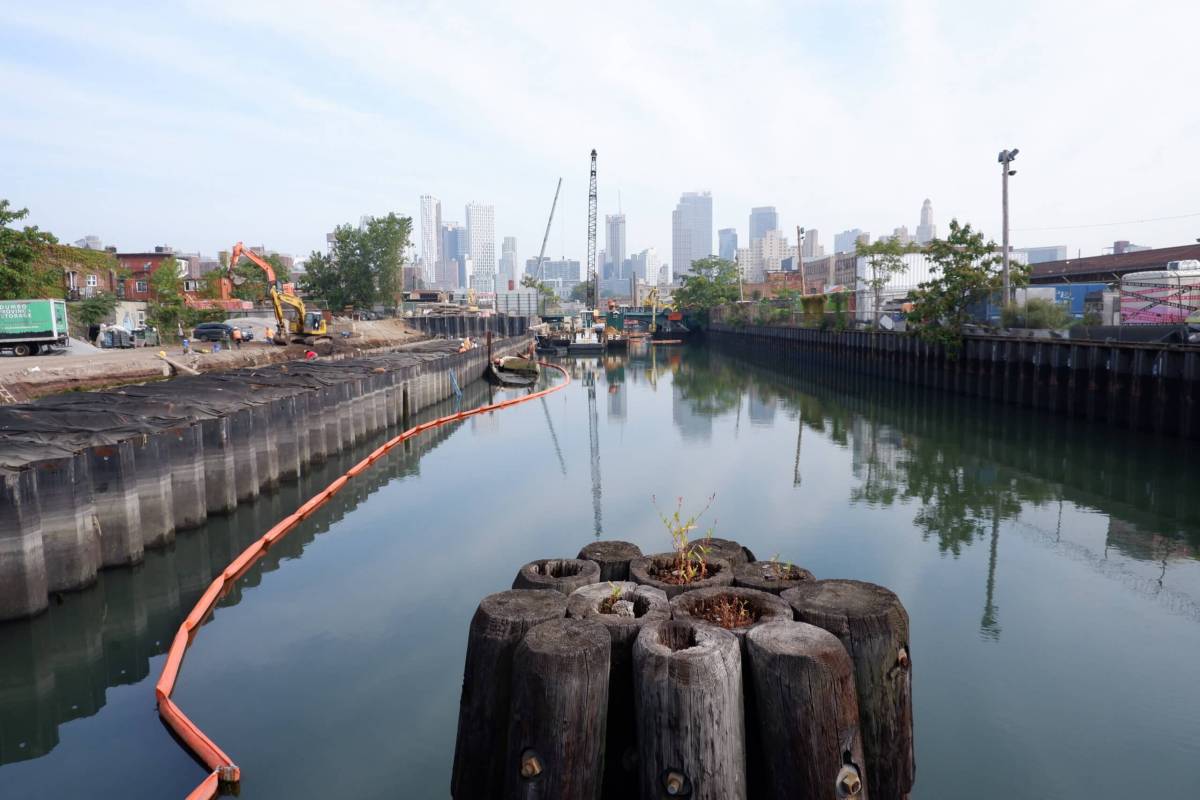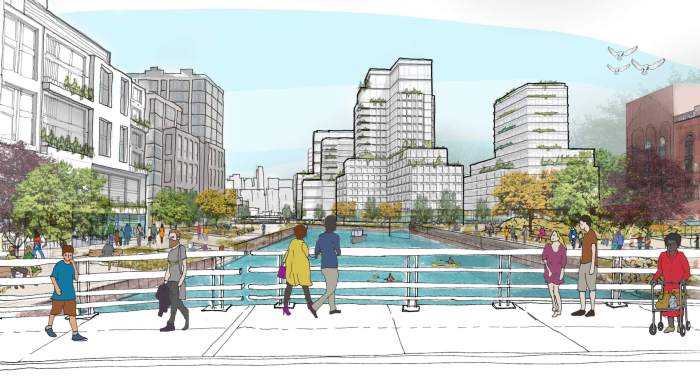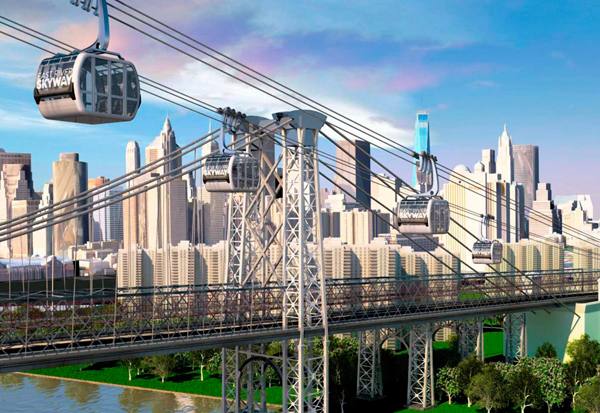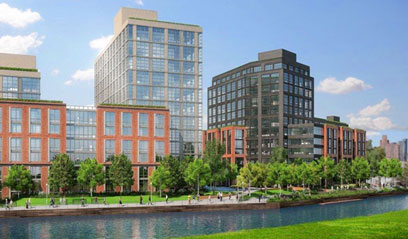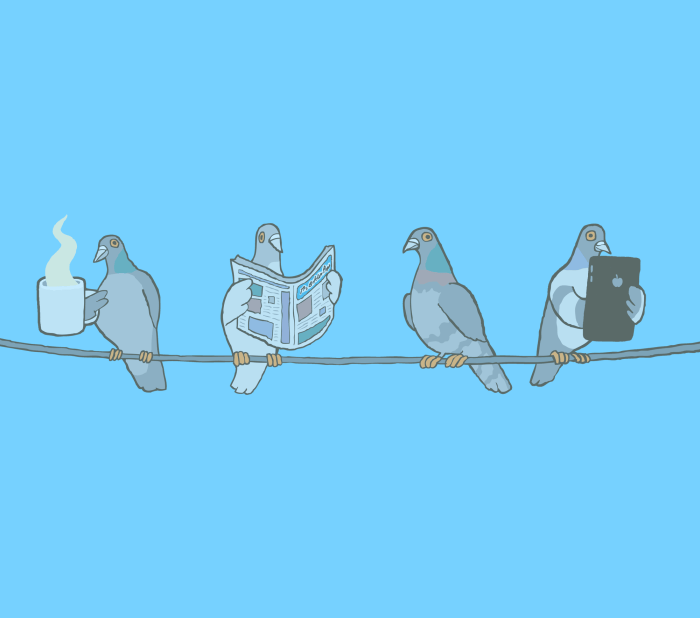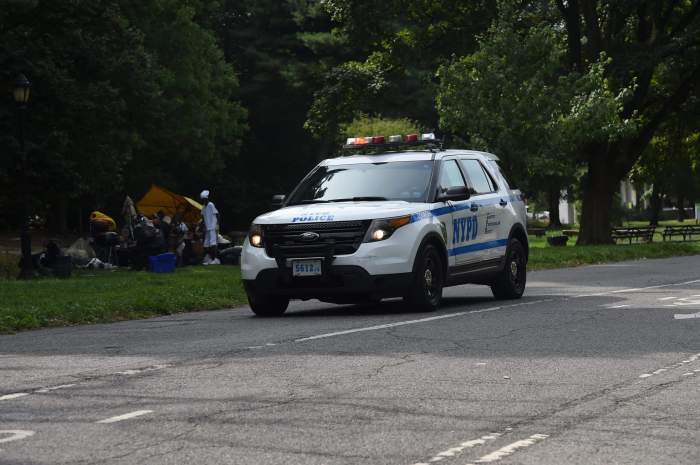In my day job as district manager of Brooklyn’s Community Board 6, we’ve been in a holding pattern — as a community — with regards to the Gowanus Rezoning. We have had multiple meetings on numerous aspects of a possible plan for years. (I recall attending meetings as an employee of former Assemblymember Joan Millman. She hasn’t been in office since 2014).
However, a lawsuit and corresponding Temporary Restraining Order have left us in limbo. Maybe when you read this piece, the TRO will have been lifted, but for now, we must again wait; wait with more time on our hands and continue to be denied new information derived from the Environmental Impact Study. CB6 alone has submitted nearly 20 pages of questions we await scientifically grounded answers.
No matter what happens in the end, we as a community and the communities across the city should take into the future. Considering the limited space and time I have, I’ll focus on the need for continuing community oversight. If anyone in authority wants to give community boards binding review and oversight powers, you can stop reading and go ahead and make that happen. For anyone else, I’ll explain what I mean.
In my opinion, community oversight means the supervision of part of a larger process made up of various institutions and organizations within a community. They regularly meet and get in front of issues before they get out of hand. For example, the collection of groups known as the Gowanus Neighborhood Coalition For Justice (GNCJ) has called for what they refer to as an Environmental Justice Special District that would track commitments as part of the pending rezoning.
In my discussions with NYCHA tenant leaders, we’ve agreed that there is a need to have a regular and focused review of work done and how their developments should, and are, used. One idea was having a partnership of the NYCHA properties corresponding Council member, resident association representatives, and the community board. Regardless of what combination of representation is cobbled together, such bodies would keep the pressure on to ensure commitments once made are kept. If they haven’t been kept, community oversight groups are in place to work together and correct it with the best possible solution consensus solution.
Lastly, I think it’s necessary to say that this type of community oversight, whether in Gowanus or anywhere in our city, is not confused with Not In My Back Yard exclusionism. While NIMBYism invariably starts by denying its existence, it comes repeatedly and in different forms. It opposes a homeless shelter while claiming to be progressive, displaying virtue-signaling posters with things like “refugees welcome here.” In the end, we attempt to conceal our hypocritical acts and waiting for Gowanus.


